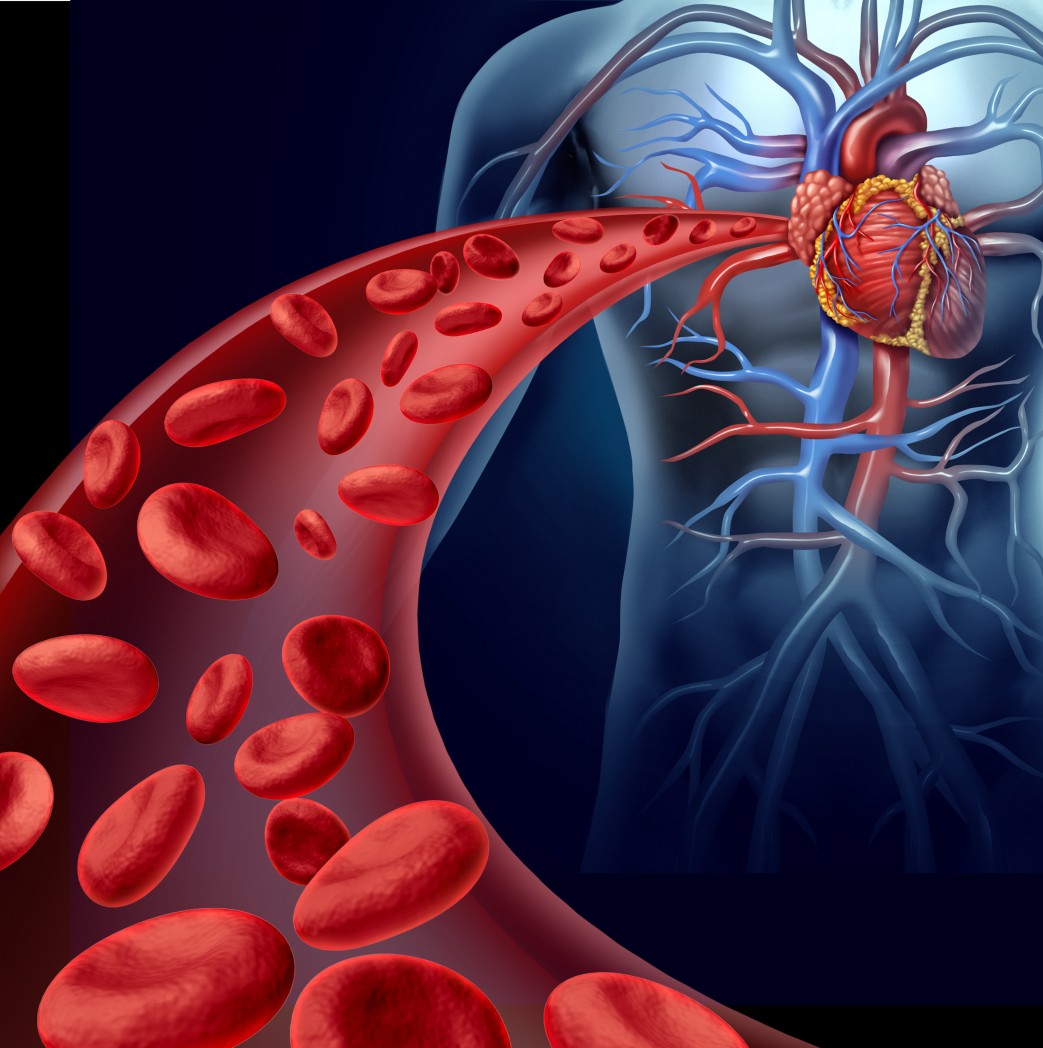COL3A1 Mutations in Vascular Ehlers-Danlos Syndrome May Lead to Cardiomyopathy, Case Study Finds

Patients with vascular Ehlers-Danlos syndrome (EDS) can, in rare cases, develop cardiomyopathy — a condition affecting the heart muscle — possibly due to mutations in the COL3A1 gene, according to a new case report.
The report, “A case of vascular Ehlers-Danlos Syndrome with a cardiomyopathy and multi-system involvement,” was published in the journal Cardiovascular Pathology.
A 41-year-old male was found to have a heart murmur when he was 26, and was subsequently diagnosed with mitral valve prolapse — a condition in which the heart valve doesn’t work properly. He was referred to a cardiologist at age 32 and started on medication. Soon after, the patient underwent successful surgery to repair the valve.
But he reported continued shortness of breath upon minimal exertion, as well as occasional palpitations and postural dizziness.
Cardiac magnetic resonance imaging (MRI) scans were taken, and showed features consistent with left ventricular non-compaction cardiomyopathy (LVNC). In LVNC, the lower left chamber of the heart — the left ventricle, which helps the heart pump blood — does not develop correctly.
The patient also had an abnormal ejection fraction, which refers to the proportion of blood that is pumped by the heart. While a healthy person has an ejection fraction of 55% or higher, the patient had an ejection fraction of 28%. Fibrosis, or thickening, of the cardiac wall was also found.
To determine the cause of LVNC, physicians conducted genetic testing on a panel of 174 cardiac disease genes, restricting the search to 81 genes with known links to structural heart disease.
Interestingly, no mutations were found in genes commonly associated with LVNC or other cardiac disorders. However, researchers found a mutation in the COL3A1 gene, which had been reported in three cases of vascular Ehlers-Danlos syndrome, leading physicians to diagnose this disease in the patient.
In typical EDS, patients generally show skin hyper-extensibility, delayed wound healing, generalized joint hypermobility, easy bruising, and tissue fragility. But vascular EDS patients often develop prominent cheekbones, sunken eyeballs and cheeks, thin lips and nose, and a premature aging of limb extremities.
While this man did not have common manifestations of severe vascular EDS, a number of features were present, including distinct facial features and joint hypermobility (joints that easily extend beyond their normal range).
According to the researchers, no previous case studies had reported an association between vascular Ehlers-Danlos syndrome and cardiomyopathy, both rare diseases.
The team suggest that these two conditions may occur together due to the fact that COL3A1 mutations affect the assembly of type III collagen, which is crucial in maintaining normal cardiac structure and function. The mutation may strain the heart muscles, leading to irregular cardiac muscle remodeling.
“This case report presents an unusual case of a cardiomyopathy in a patient with vascular EDS and multi-system involvement. This is the first description of a cardiomyopathy with features of LVNC, occurring as a result of a type III collagen disorder due to a mutation in the COL3A1 gene,” the researchers concluded.
The team emphasized that collagen abnormalities should be considered in other patients diagnosed with LVNC.






